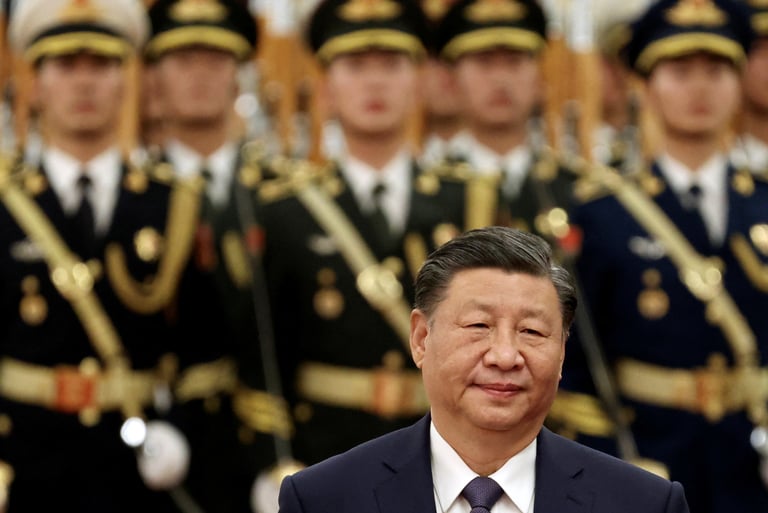China Develops Groundbreaking 6G Electronic Warfare Technology
Other nations are likely to respond to this development by accelerating their own research into similar technologies
6/28/20252 min read


Introduction to 6G Electronic Warfare
In the ever-evolving landscape of military technology, China has recently announced a significant advancement: the development of the first 6G electronic warfare system. This innovative technology presents a potential paradigm shift in electronic warfare capabilities, specifically designed to incapacitate radar systems within mere seconds.
The Mechanics of the 6G System
The newly developed system operates on the principles of cutting-edge 6G technology, which exceeds the capabilities of previous generations. Built to counteract advanced radar and communication systems, this electronic warfare technology utilizes extreme electromagnetic frequencies, enabling it to target and effectively disable radar signals. Such precision allows for strategic superiority in modern warfare, where the speed of information can determine the outcome of engagements.
Implications for Global Defense
With this leap into 6G electronic warfare, China signals a transformation that could alter global military dynamics. The capacity to disrupt adversary radar systems in such a swift manner raises concerns about escalation in technological arms races. Other nations are likely to respond to this development by accelerating their own research into similar technologies, potentially leading to innovations in defensive measures.
The implications are vast. A technology that can annihilate radar capability within seconds presents not just offensive advantages, but also necessitates strategic recalibrations by nations that rely on existing radar systems. As these nations assess their vulnerabilities in light of China's advancements, the landscape of electronic warfare changes dramatically.
In addition to military applications, the underlying 6G technology has the potential to influence civilian sectors as well. While the primary focus is on defense, advancements in communication and signal management could lead to broader implications in telecommunications. The duality of application underscores the importance of ethical considerations and regulatory frameworks as nations navigate this new technological frontier.
Conclusion
In conclusion, China's development of the first 6G electronic warfare technology marks a significant milestone in military innovation. The ability to incapacitate radar systems almost instantaneously has profound implications for the future of warfare, as well as for international relations. As the global community responds to these advancements, the focus must remain on fostering dialogue and collaboration to mitigate potential conflicts arising from this technological escalation.


